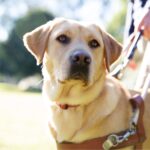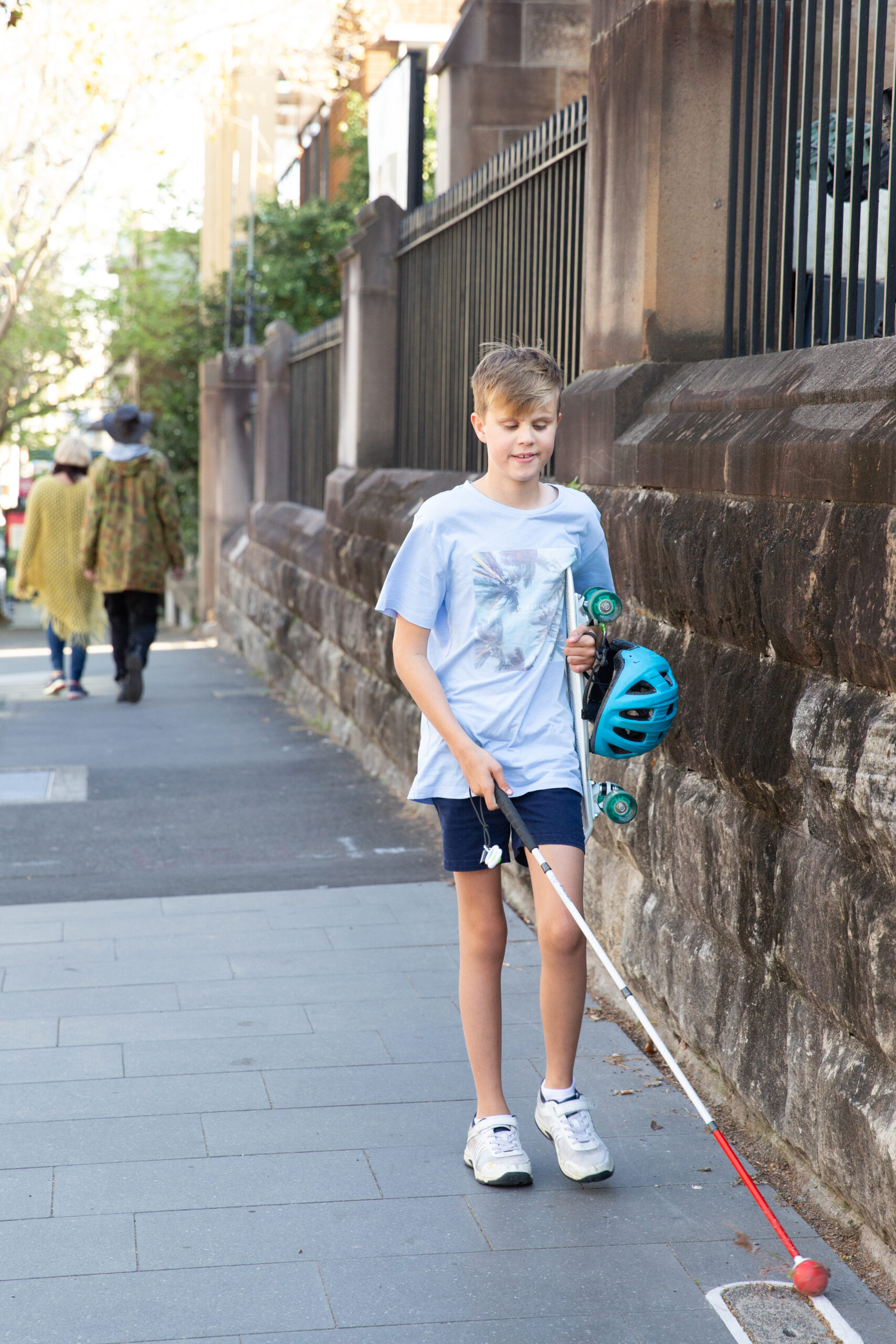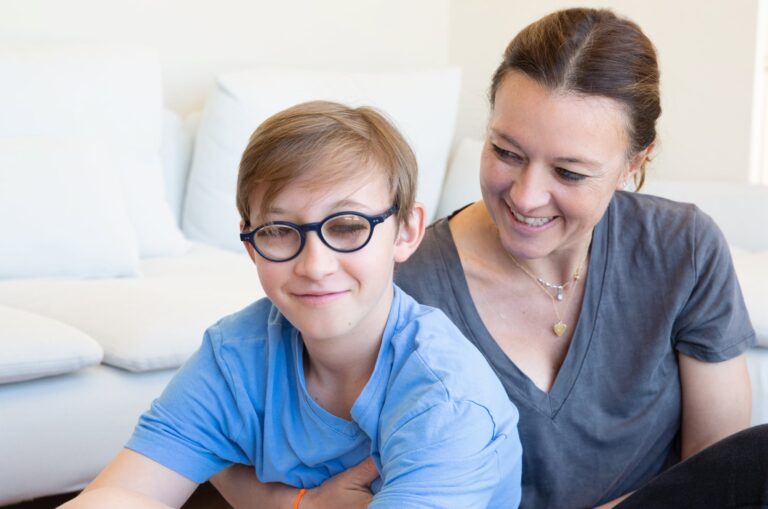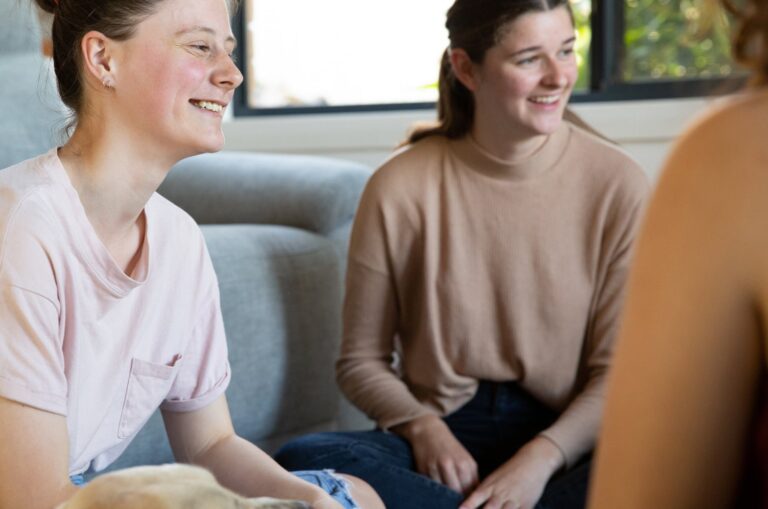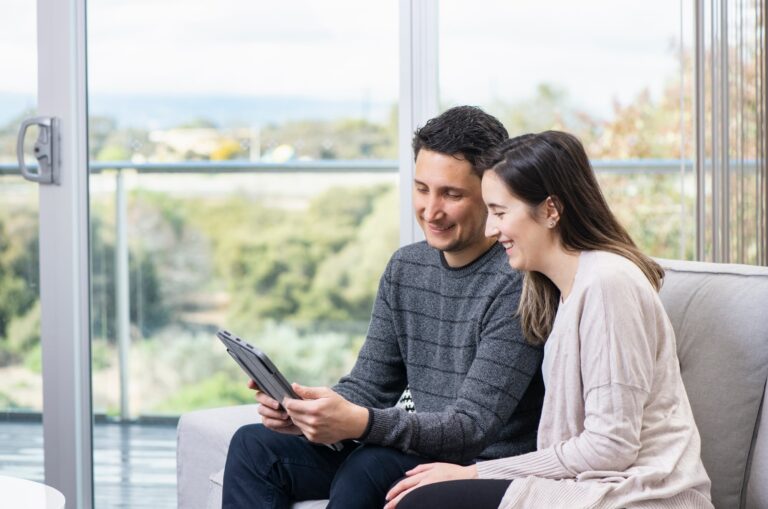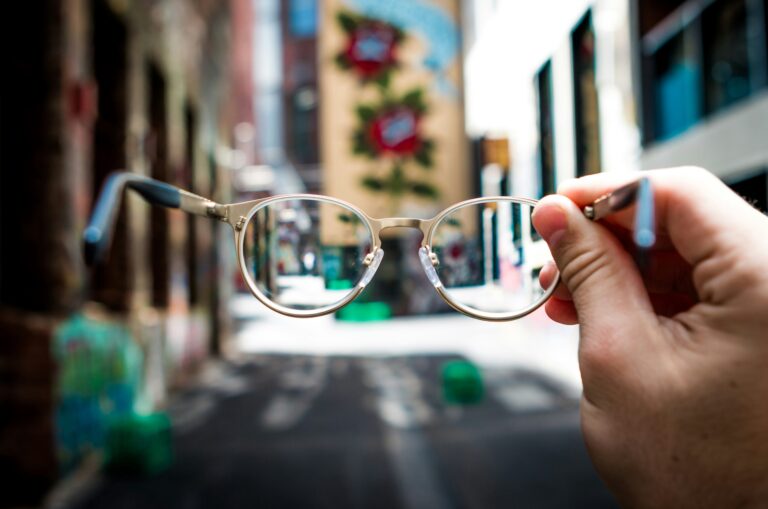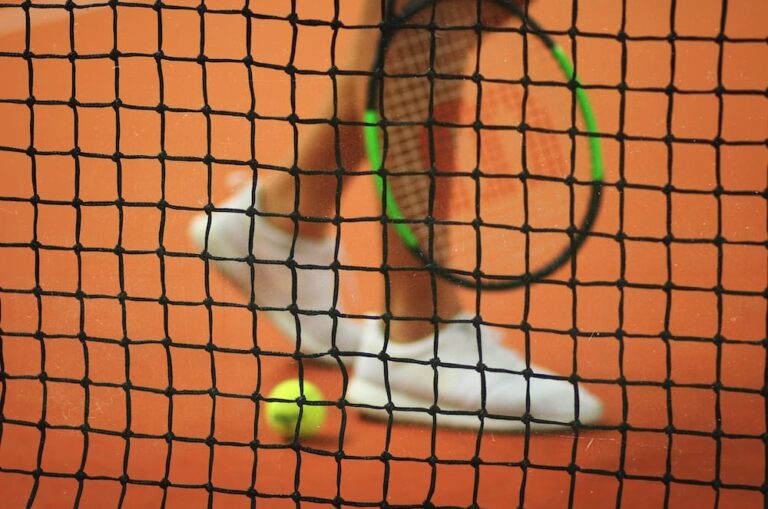What is Orientation and Mobility (O&M)
Orientation and Mobility (often shortened to O&M) is a term that covers the concepts, skills and techniques that help people to travel safely and efficiently. In this article, we’ll concentrate on the skills that people with low vision and blindness can employ to navigate all sorts of different environments under all sorts of different conditions.
Before we get on with our list, we should note that O&M skills will vary depending on the individual and their specific needs and abilities. When determining the best approach for developing and using these skills, it’s important consult with a qualified O&M specialist.
Orientation to environment
This skill involves understanding the layout of (for example) a building, including the location of doors, stairs, lifts, and bathrooms. Training to help you develop such skills might focus on spatial awareness, environmental scanning, and even problem-solving.
Wayfinding and route planning
Wayfinding is knowing how to follow a set route, make turns, and locate specific destinations within any environment – indoors or outdoors.
There are many ways a person can improve their wayfinding skills; they include assessing the environment; planning a route using landmarks, using auditory cues; and memorisation (again including landmarks and cues).
Route planning training might take into account changes in terrain, obstacles, and numerous other factors.
Street crossing
Street crossing is a broad skill that includes several sub-skills, such as identifying the sounds of approaching vehicles and determining the appropriate time to cross.
Training for street crossing might involve understanding traffic patterns, identifying safe crossing points, and practising in different environments and under different conditions.
Using public transport
This skills includes understanding how to use public buses, trains, and trams, as well as knowing how to identify and locate stops and stations. Training in this skill might include planning routes, assessing timetables, using visual aids and auditory cues, and dealing with unexpected situations.
Using a long cane
Knowing how to use a long cane – also known as a white cane – is useful for many people, including those with low vision and total blindness. Learning to use a cane takes practice and patience, and training might involve learning how to hold the cane correctly, how to use it to detect obstacles, and how to interpret the feedback provided by the cane.
An O&M Specialist might also help you to detect obstacles, determine changes in terrain, and identify doorways and other openings.
Obstacle avoidance
Obstacle avoidance is being able to identify and avoid obstacles in the environment, such as furniture, walls, and other objects. Training may involve use of a long cane or a Guide Dog, but can also include using auditory cues to detect obstacles (especially at head or upper body level).
Spatial awareness
This skill includes understanding the relationships between objects and the environment, including how objects are positioned in space and how they relate to one another. Spatial awareness is closely linked with several of the skills we’ve already mentioned, including obstacle avoidance, orientation to environment, and wayfinding.
Emergency procedures
Understanding what to do in case of an emergency, including how to evacuate a building and how to call for help, is a crucial skill for anyone.
For people with low vision or blindness, training in this area is tailored and specific, but the objectives are the same as they would be for anyone else. That includes identifying emergency exits and escape routes, learning evacuation techniques, and communicating with emergency personnel.
Our Orientation and Mobility Services can support you to get where you want to go with more confidence, ease, and safety.
You might also like
Ready to continue?
Seems like you have filled this form earlier. Let’s pick up where you left off.
